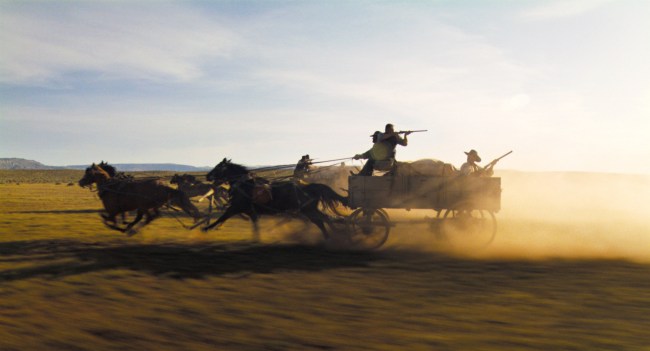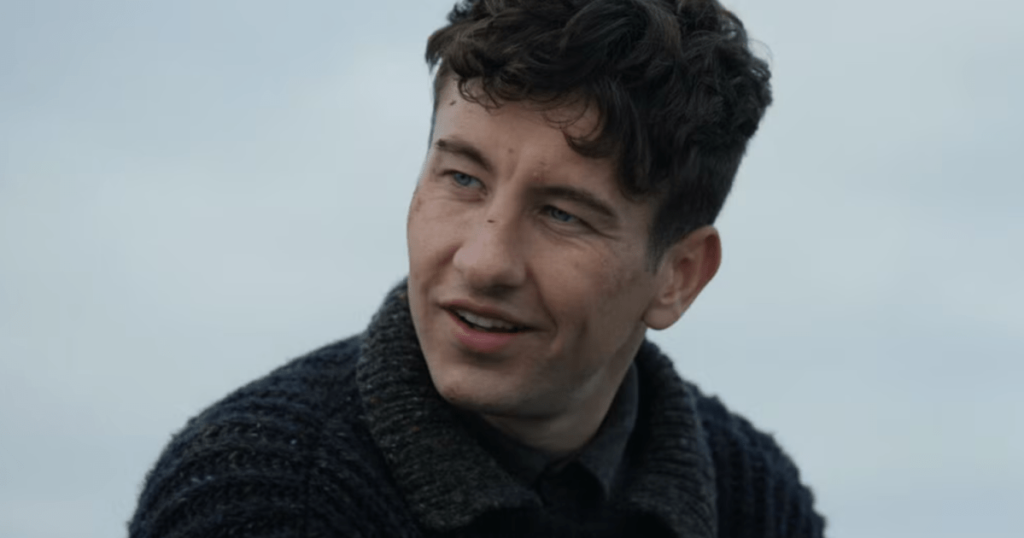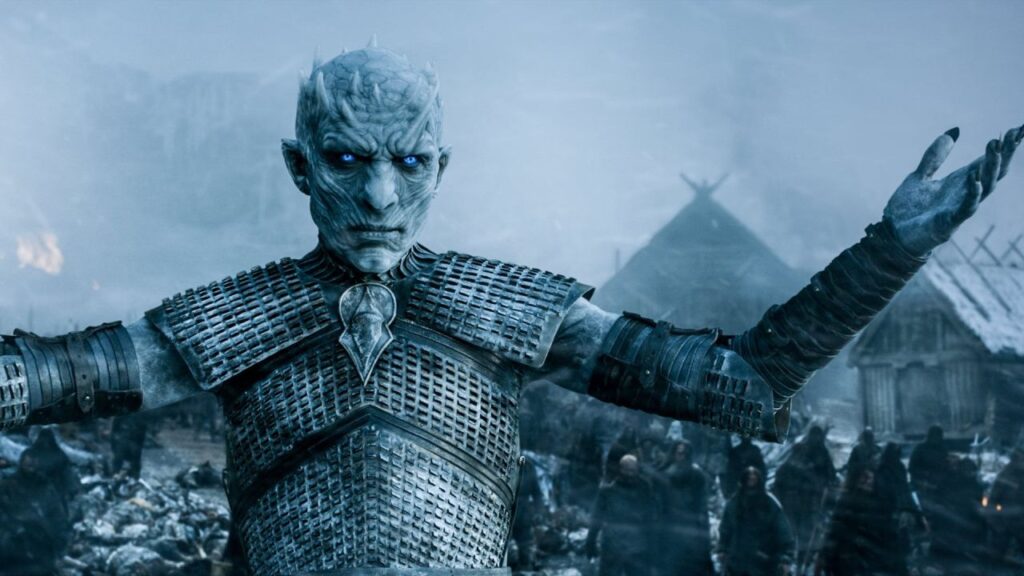When Kevin Costner produced, directed, and starred in his first epic Western, “Dances with Wolves,” back in 1990, he went home on Academy Awards night with an armful of Oscars — including a Best Director statue in a year when his competition included Martin Scorsese and Francis Ford Coppola. This year, Costner released the first chapter in his projected four-part passion project “Horizon: An American Saga,” and by virtually every standard, it’s an even more impressive work than “Dances with Wolves”: more complex in its themes and sense of moral inquiry, more expressive in its visual style and soundscape, and abundant with exquisitely crafted set pieces.
Unlike “Dances with Wolves,” however, “Horizon: An American Saga — Chapter 1” has struggled to find an audience, which puts it at a disadvantage in the awards race — after all, Academy and guild members have to actually see a movie to vote for it. (In theory, anyway.) A patient, adult drama, its rhythms are perhaps too at odds with prevailing trends for it to have ever become the kind of instant hit “Dances with Wolves” was (though that film, too, was cutting against the grain at a time when Hollywood hadn’t made a major Western in years — not since Costner’s own “Silverado,” in fact).
But “Horizon: An American Saga” is a film that will endure, especially if the next chapters deliver on the promises inherent in the multitude of storylines Costner and writer Jon Baird have introduced. While the film received mixed reviews, many of which took on an oddly personal tone — it was as if critics were somehow resentful of Costner for realizing his decades-long dream — one thing is undeniable even for viewers who find some aspects of “Horizon” lacking: the crafts work in it is extraordinary and should be part of the awards conversation alongside the very best movies of 2024.
Let’s break it down craft by craft and make a case for why awards voters should seek out “Horizon” and consider the work of its artisans as they fill out their ballots this season:
Cinematography
Throughout the 1990s, J. Michael Muro was one of the most talented and in-demand Steadicam operators, with credits on now classic films like “JFK,” “Heat,” “Point Break,” “Casino,” and “Titanic.” He made the leap to director of photography on Costner’s “Open Range” after Costner took note of Muro’s talents on “Dances With Wolves,” and “Horizon” is their most ambitious collaboration yet. Muro’s background as a Steadicam operator is fully evident throughout the film via fluid, hypnotic camerawork that swiftly and powerfully pulls the viewer into the carefully constructed Western world Costner and his team have created.
An ensemble piece with constantly shifting points of view, “Horizon” calls upon Muro to find a visual language that honors and expresses a multitude of ideas, and he rises to the challenge to stunning effect in scene after scene. His work in a lengthy siege sequence, for example, is a lesson in using light and shadow to convey inner states; both the terror of the victims and the majestic triumph of the attackers are visualized in powerful terms, with the cinematography alternately revealing and obscuring key details in an effort to give the audience a completely subjective experience of the sort that only cinema can deliver.
Costume Design
When Lisa Lovaas came on board “Horizon,” she was tasked with dressing an ensemble that included well over 100 speaking parts, but what’s amazing about her work is that each character, no matter how minor, is dressed with as much thought and precision as the leads. Lovaas’ meticulous research is evident in every costume, not only in obvious examples like Marigold’s mauve dress or Costner’s own blue jacket, hat, and floral print scarf, but in places where the audience is unlikely to notice the work. The ragtag soldiers, for example, have slightly mismatched uniforms — the polished troops of John Ford’s “She Wore a Yellow Ribbon” these are not — telling the story of how chaotically their unit was assembled purely through dress.
“Horizon” is three hours long but doesn’t feel it because the movie is so ruthlessly efficient in establishing its characters, and Lovaas’ costumes are key to this — when we’re introduced to the prissy schoolteacher Juliet, for example, we know who she is before she opens her mouth thanks to Lovaas’ beautiful period print. Costner’s sweeping vision required Lovaas to dress characters of many different backgrounds, classes, and ethnicities, and she used every costume as a storytelling opportunity.
Makeup and Hairstyling
Like Lovaas, the makeup and hair designers on “Horizon” were faced with the daunting task of creating period-accurate looks for hundreds of characters — and like Lovaas, they rose to the challenge to create one of the most striking visual tapestries of any film this year. Hair department head Kimberly A. Carlson supervised the creation of over a hundred custom wigs that are impeccably weathered in ways that convey the brutality of life on the frontier for men and women alike — a brutality equally well expressed by the rough, realistic looks established by the makeup team led by Mario Michisanti and Francisco X. Perez.
Yet there’s poetry here too, and what’s stunning about the hair and makeup work is the balance it strikes in scenes like those depicting the emerging love story between Sienna Miller’s widow and Sam Worthington’s Union soldier; Miller’s hair and makeup are not in any way glamorized or styled in a manner unrealistic to the setting, but the subtle beauty touches make it clear why Worthington would fall for her. The audience does too, as once again the craft work finishes what the script and performance begin and adds depth and nuance.
Editing
“Horizon” gives editor Miklos Wright a difficult challenge: How does one convey the slow pace of life in the 1800s without making things too slow and dull for a contemporary audience? Wright’s instincts for walking that fine line are unerring, as “Horizon” is never rushed but never boring, and each storyline is perfectly placed in the narrative so that the subplots comment on and deepen one another. Wright is great at both the macro and the micro; the overall epic shape is impeccably proportioned, but within it are small moments where a subtly timed cut reveals depths of emotion in a simple gesture or look.
The relationship between Costner’s Hayes and sex worker Marigold is a perfect example of this — it’s filled with invisible edits that the audience registers on a primal, subliminal level to understand what the characters feel but can’t say. And Wright is as deft at action set pieces as he is at character revelation — his work in that siege sequence is just as powerful as Muro’s, as he captures the characters’ sense of confusion without ever confusing the audience and gives a visceral sense of the terror felt by one side and the exhilaration felt by the other.
Music (Original Score)
Throughout film history, Westerns have given us some of the cinema’s greatest scores — works by masters like Elmer Bernstein, Dimitri Tiomkin, Ennio Morricone, and more. With “Horizon,” composer John Debney has created a score that not only invites but earns comparison with the finest the genre has to offer; like the movie it supports, it’s both intimate and epic, with a dizzying array of themes that complement and contrast with each other beautifully.
In keeping with Costner’s mandate to honor multiple perspectives, Debney brings in a wide range of influences and instrumentation to create musical identities for each of the intersecting storylines; moving between American folk traditions, indigenous wind instruments, and a variety of percussive styles that drive the action forward, Debney creates a soundtrack that is varied and complex yet unified in its attempt to valorize and empathize with all sides. It’s a score that’s majestic and poignant, heroic and tragic, and harsh and lyrical in equal measures. There has been no better work by a composer this year.
Production Design
Production designer Derek R. Hill has been working with Costner in various capacities going back to “JFK,” and their collaboration reaches its artistic peak here with production design that simultaneously conveys the unforgiving landscape the characters inhabit and why they would want to fight over it. As with the other crafts, the achievement in Hill’s work is to honor both the broad strokes and the smallest details — for great examples of the latter, just check out the painstaking work in locations we only see for a few minutes of screen time, like the home of the man Jena Malone’s character shoots early in the film. Its colors, architecture, and jagged edges immediately establish something pitiless about the man and his surroundings, and tell us why Malone is right to flee from both him and the place.
Each location is given similar attention to detail and, more importantly, is designed for cinema — the integration of production design, cinematography, and editing in something like the siege scene or a later tense confrontation between a hapless land entrepreneur and a couple of brutal killers is seamless and powerful.
Sound
From a purely logistical point of view, “Horizon” posed several problems for its sound team, the primary one being the elements the crew had to fight on location in Utah. The company was constantly besieged by unpredictable weather, leaving production sound mixer Brett Grant-Grierson with the unenviable task of recording clean tracks in less-than-ideal conditions. Yet the dialogue here is crisp and clear, capturing the richness of each performance without compromise or dilution.
And it’s beautifully integrated with sound design that immerses the audience in the period; once they removed the distant traffic, phones, and camera noise that would give the 21st-century shoot away, supervising sound editor Bradley North and re-recording mixers Chris Carpenter and Joe DeAngelis built a rich sonic environment where every creak, gunshot, and horse gallop sends the viewer back in time. The effects, dialogue, and score are flawlessly balanced for maximum emotional effect, and once again, there’s a subjective quality that allows the audience to share alternating points of view in a manner that’s as absorbing in each individual scene as it is overwhelming in its cumulative power.
Directing and Writing
Of course, all of these crafts are taking their cues from Costner and Jon Baird’s screenplay (with a story credit for “Silverado” scribe Mark Kasdan), so it too should be considered. This is admittedly a tougher argument to make since it requires a leap of faith — the story is incomplete, and awards voters can’t be expected to take Costner at his word that all the subplots will pay off. Yet even taking only this chapter into account, “Horizon” has already provided dozens of beautifully drawn characters and an abundance of rich, colorful dialogue that makes the script worthy of serious consideration.
“Horizon” is also a clinic in understated, confident direction, as Costner’s camera is unerringly placed to provide as much information as efficiently and effectively as possible. As the orchestrator of all of the above crafts, to leave him off of this list would be an absurd oversight — clearly the mandate to pay so much attention to every detail comes from the top. And at a time when Hollywood has lost so much of its risk-taking spirit, shouldn’t a filmmaker be celebrated and not disparaged for risking everything on a movie he believes in? Ignore the critics: Academy and guild voters, see “Horizon” for yourselves and trust your own eyes and ears.
“Horizon: An American Saga – Chapter 1” is now streaming on Max.


